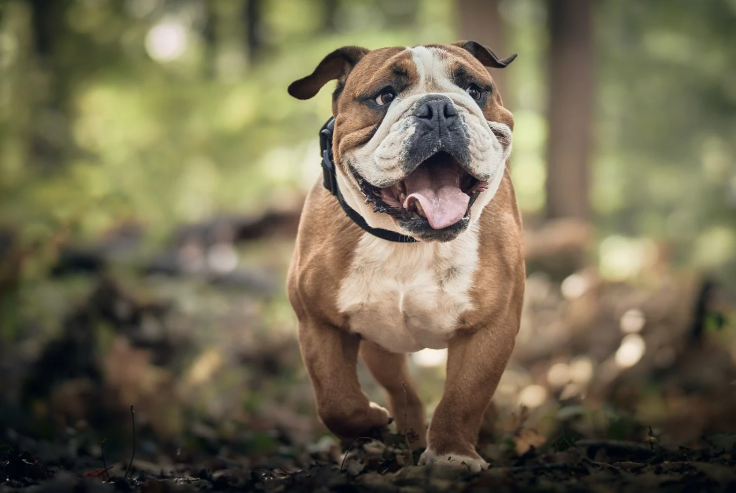Why Positive Reinforcement Works for Stubborn Dogs?
Stubborn dogs, like Huskies, Terriers, or Dachshunds, are often intelligent but independent. Punishment-based methods backfire, increasing fear or defiance. Positive reinforcement builds trust by rewarding desired behaviors with treats, praise, or play. Studies show dogs trained with rewards learn 40% faster and retain commands longer.
Pro Tip: Start with high-value rewards like Ecomzon’s Freeze-Dried Liver Treats to grab your dog’s attention.
Step 1: Identify Your Dog’s Motivation
Not all dogs are food-driven. Test rewards to find what excites your dog:
- Food: Use smelly, soft treats (e.g., chicken, cheese).
- Toys: Tug ropes or squeaky balls for play-driven dogs.
- Praise: Verbal affirmations like “Good boy!” with petting.
Avoid: Overfeeding—break treats into pea-sized pieces.
Step 2: Master the “Capture and Reward” Technique
- Capture: Wait for your dog to naturally perform a desired action (e.g., sitting).
- Mark: Use a clicker or say “Yes!” the moment the behavior happens.
- Reward: Immediately give a treat.
Example: Teaching “Sit”
- Hold a treat near your dog’s nose.
- Slowly move it backward over their head.
- When their hips lower, say “Yes!” and reward.
Recommended Tool: Ecomzon’s Training Clicker for precise marking.
Step 3: Break Commands into Smaller Steps
The Power of Shaping Behavior
Stubborn dogs get frustrated with complex tasks. Use shaping:
- Goal: “Stay” for 30 seconds.
- Step 1: Reward for 2 seconds of stillness.
- Step 2: Gradually increase duration to 5, 10, then 30 seconds.
Key Phrase: “Small wins build confidence.”
Step 4: Fix Leash Pulling with the “Red Light, Green Light” Method
- Stop walking the instant your dog pulls.
- Wait silently until the leash slackens.
- Say “Let’s go!” and resume walking.
- Reward with treats when they walk beside you.
Product Pairing: Use a no-pull harness like Ecomzon’s Front-Clip Harness to reduce strain.
Step 5: Address Boredom-Induced Stubbornness
Stubbornness often stems from under-stimulation. Try:
15-minute training sessions: Short bursts prevent burnout.
Scent games: Hide treats around the house.
Puzzle toys: Ecomzon’s Interactive Feeder challenges their mind.
Step 6: Consistency is Non-Negotiable
Practice daily, even after mastery.
Use the same command words (e.g., “Down” vs. “Lie down”).
Ensure all family members follow the same rules.
Common Mistakes to Avoid
Neglecting exercise: A tired dog is a trainable dog.
Repeating commands: Saying “Sit” multiple times teaches ignoring.
Inconsistent rewards: Phase out treats slowly once behaviors are learned.
When to Seek Professional Help
If your dog shows aggression, anxiety, or zero progress after 4 weeks, consult a certified trainer. Ecomzon’s Dog Training eBook Bundle offers advanced techniques.
FAQs
Q: How long does it take to train a stubborn dog?
A: 3–8 weeks, depending on the dog’s age and breed.
Q: What if my dog isn’t food-motivated?
A: Use play (fetch) or praise as rewards.
Q: Can old dogs learn new tricks?
A: Yes! Senior dogs thrive with patience and softer treats.
Final Tips
Shop training essentials at Ecomzon’s Dog Training Hub.
Track progress with a journal or app.
Celebrate small victories—even a 5-second “Stay” matters!
